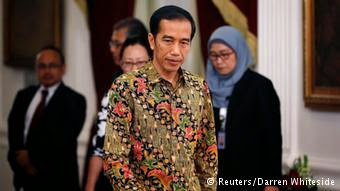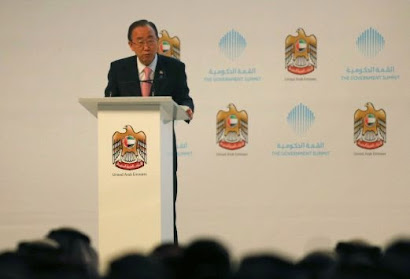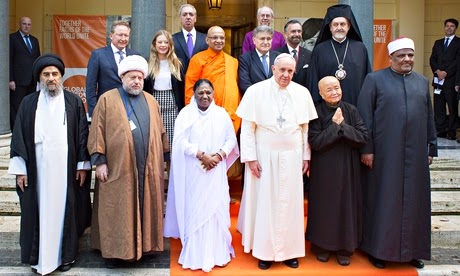Dicky Christanto , The Jakarta Post , Denpasar , Thu, 02/28/2008 11:29 AM
Tourists will likely find hotels in Bali to be temporary sanctuaries during the Nyepi celebrations of March 7.
Sugeng Purnomo of the Bali Association of Hotels' Public Relation Officers said tourists would go to hotels for activities and electricity, both off-limits to Balinese Hindus on the day.
He said many non-Hindu residents of the island also spent Nyepi holiday in hotels, booking rooms for up to two consecutive nights.
"In past years, this has increased the hotels' occupancy rates during the days prior to and after Nyepi," said Purnomo, also the public relations manager of Nusa Dua's Laguna resort and spa.
He said the increase in occupancy would likely take place in places like Sanur and Nusa Dua, resort areas full of four- and five-star hotels.
"We estimate the occupancy rates in hotels in those areas will be around 70 to 80 percent during the Nyepi holiday this year," he said as quoted by Antara.
"Around 200 of 271 rooms available at the Laguna resort have been booked for this year's Nyepi. Most of the bookings came from European and Russian travelers."
Rainata Tjoa of the Westin resort, located in the same area, said the hotel expected a 20 percent increase in its occupancy rate for this year's Nyepi. The hotel has a daily occupancy rate of 40 percent.
To attract guests, she said the hotel had launched a "family wellness" Nyepi package.
A one-night package starts from Rp 1.2 million, with a 50 percent room discount available for an extra two nights.
"The package includes many activities, including a yoga class for kids," she told The Jakarta Post on Wednesday, adding that the promotion would last from March 6 to 10.
Meuthia Mahardika of the Bali Hyatt Sanur said the hotel wasn't advertising Nyepi promotions because Nyepi was different from other holiday occasions such as Christmas and Idul Fitri.
"Nyepi is a meditation on tranquility and that is why we hold no promotional activities," she said.
During Nyepi, around 90 percent of the island's 3.5 million inhabitants will practice yoga semedi and catur berata penyepian, or the four abstinences: amati geni (refraining from lighting fires and using lights), amati karya (refraining from working), amati lelanguan (refraining from indulging in leisure activities) and amati lelungan (refraining from traveling outside the house).
Visitors are encouraged to stay in their hotels and other places of accommodation during the holiday, as the island will be patrolled by traditional Balinese security guards called pecalang to ensure people abide by the holiday rules.
Meuthia said the Nyepi celebration would not either increase or decrease the hotel's occupancy rates, which had already reached 60 to 70 percent.
"However, we still have a Nyepi package available upon request," she said.
Called "the charm of Nyepi", the package offers international lunch and dinner buffets for US$15 and $30 and a two-night stay starting from Rp 788,000.
If hotels in both Sanur and Nusa Dua benefited from private beach areas, hotels in areas like Kuta were facing the holiday with modest expectations.
Hard Rock hotel public relation officer Dewi Banowati said that even with its "silent way" package, with prices starting at Rp 980,000 per night, the hotel did not expect a significant increase in its occupancy rates. Currently, the hotel occupancy rate stands at around 30 to 40 percent.












